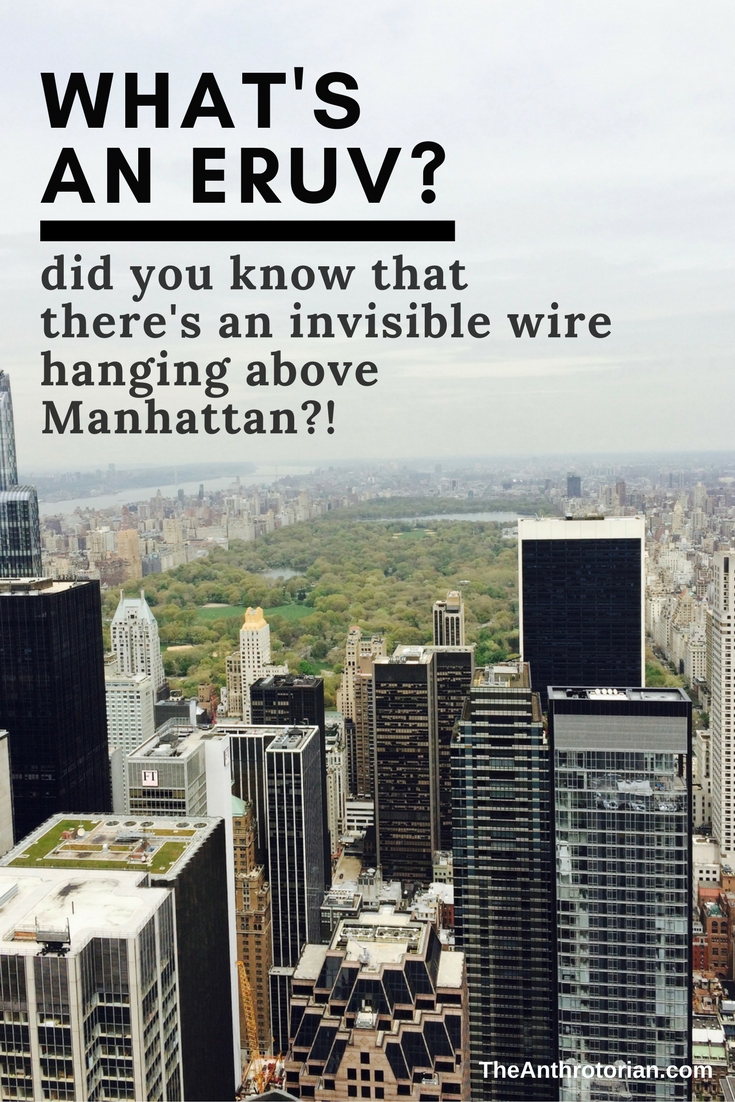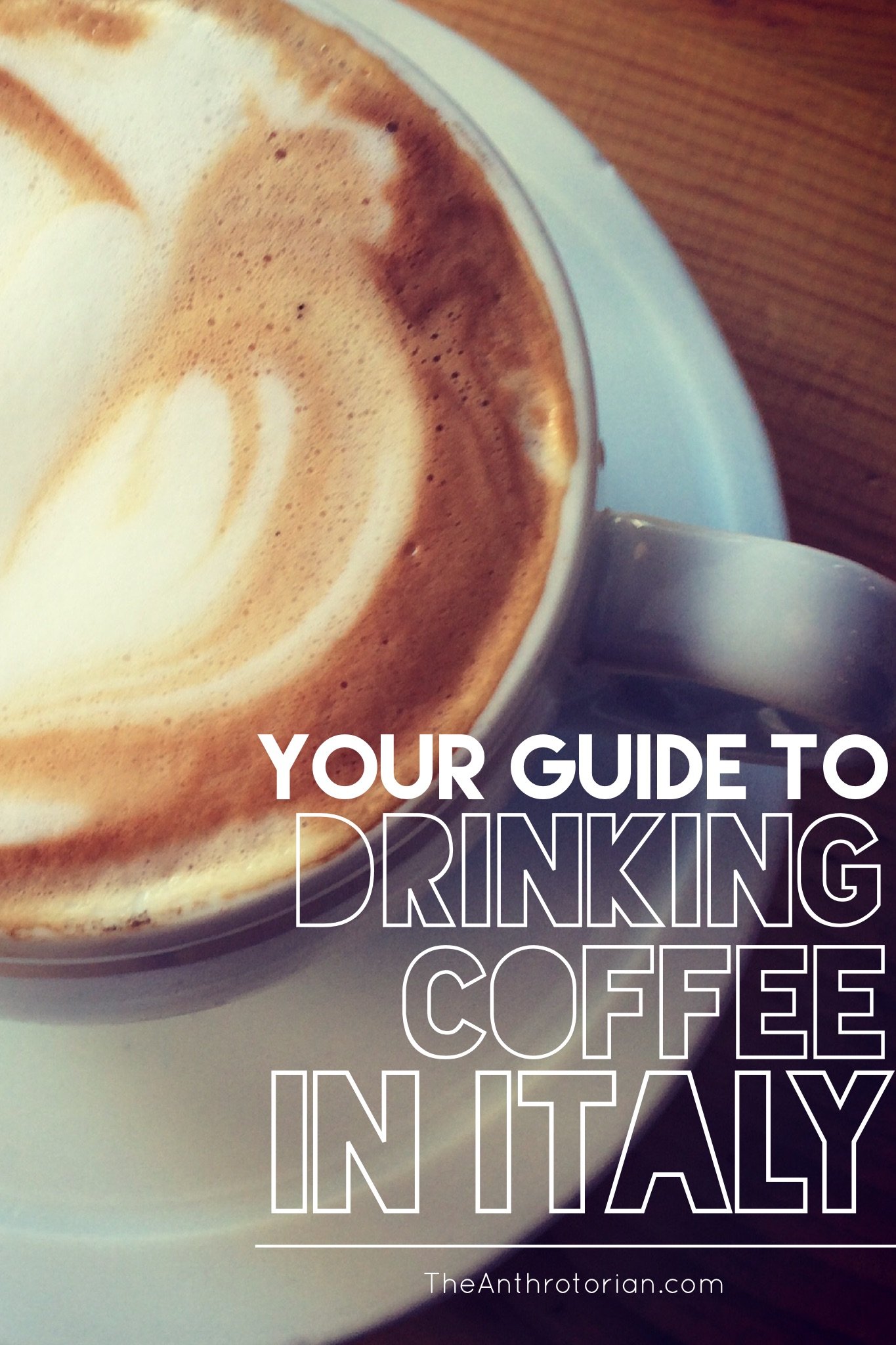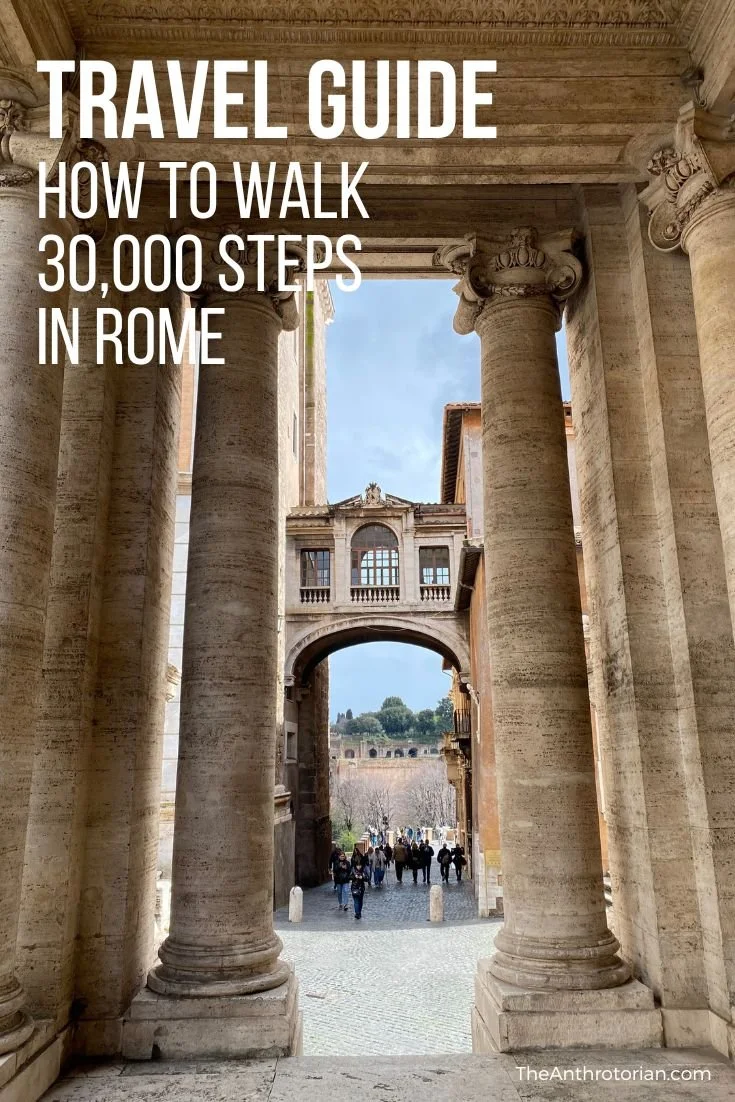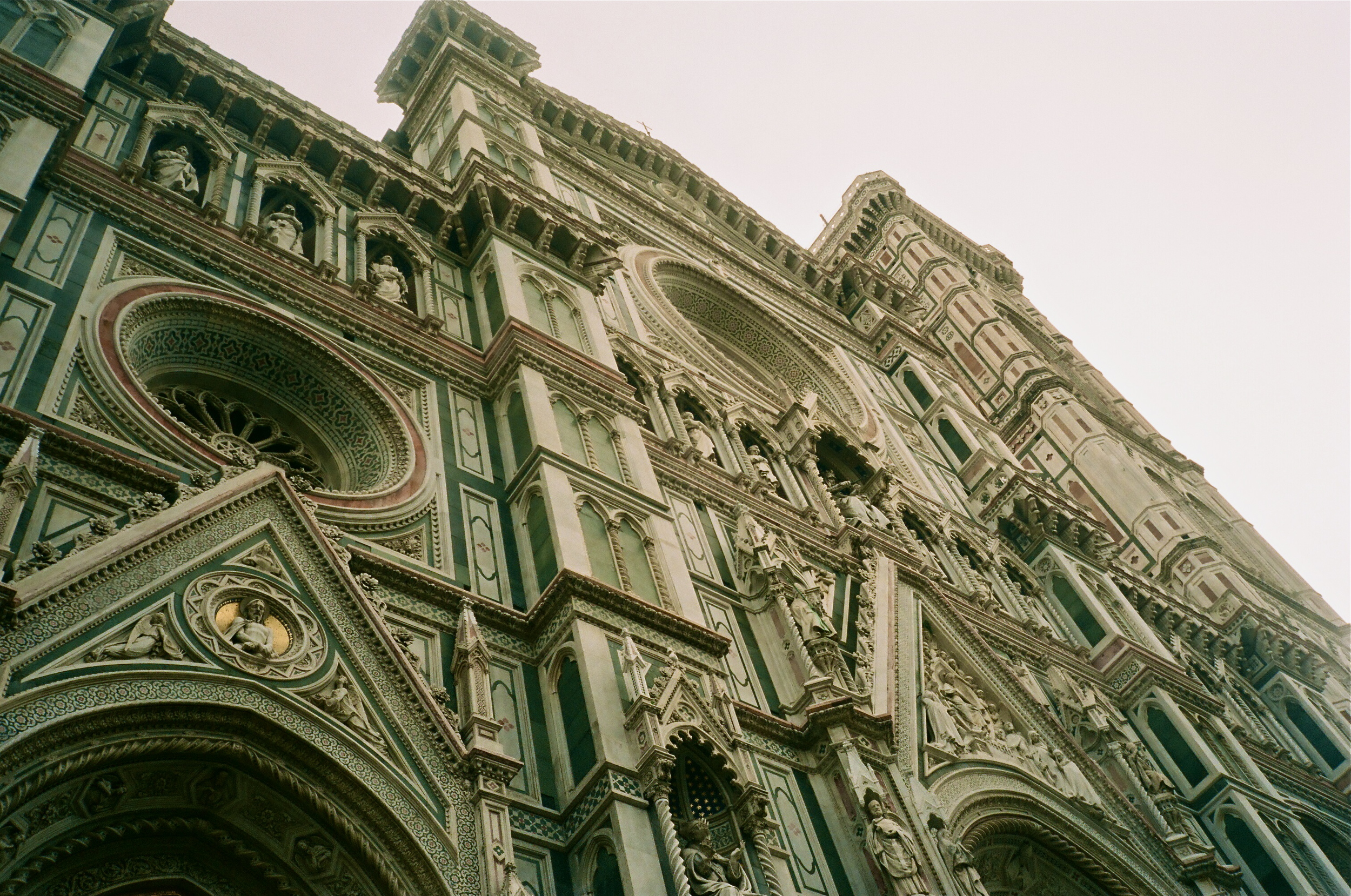After retiring from the British army as a captain in 2002, Ed Stafford started running worldwide adventure expeditions. It was during one of these expeditions that Ed met Luke, and during one drunken night, they agreed on a plan to be the first (documented) people on earth to WALK from one end of the Amazon river to the other — ocean to ocean.
“It would have been fairly excusable to blame the bravado on alcohol but, as we scratched our stubble and our balls waiting for the shower, we were both even more animated about the idea than we had been the previous evening.”
This would mean crossing the Andes Mountains, trekking through the dangerous drug trafficking zones in Colombia, trying to appease suspicious indigenous-people living deep in the jungle (including those that were convinced he was going to steal their faces), and dealing with ALL of the challenges that come with living in a jungle — weather, bugs, injuries, bugs, and did I mention BUGS.
In Walking The Amazon — 860 Days. One Step At A Time, Stafford gives an incredibly honest account (fears, doubts, frustrations...) of his grueling 4,000-plus-mile journey (check out his Expedition Diary here).
If you are looking to be inspired by a real-life adventure, this is definitely the book for you!












